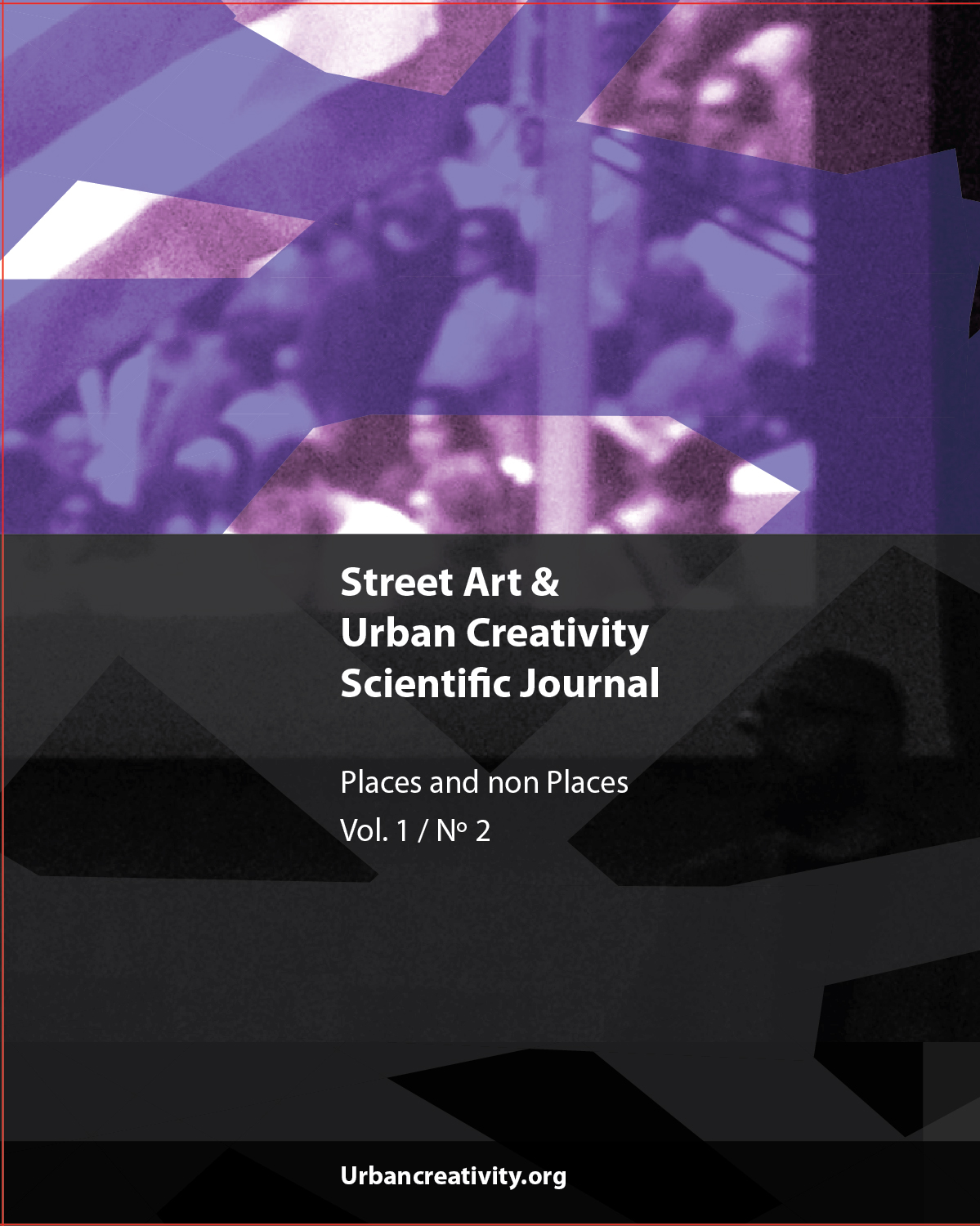Mapping Creativity through Socially Engaged Visual Arts
Art Projects in two Amadora Neighborhoods
DOI:
https://doi.org/10.25765/sauc.v1i2.26Keywords:
Social Art, Multimedia, Machine, Creativity, Emancipation, Participation, AtlasAbstract
This article addresses the notion of the socially engaged visual arts. The first part explores some fundamental historical periods to help understand this practice, from the Greek concept of teknè until the present time. Then, the idea of a machine for the emancipation of creativity is explained, as well as its operation in two neighborhoods of the Portuguese city of Amadora. Finally, as a result of this immaterial machine, the focus turns to a detailed description of an archive of audiovisual elements that represents each activity undertaken within the project.
Downloads
Global Statistics ℹ️
|
145
Views
|
41
Downloads
|
|
186
Total
|
|
Downloads
Published
How to Cite
Issue
Section
License
Copyright (c) 2015 Street Art & Urban Creativity

This work is licensed under a Creative Commons Attribution-NoDerivatives 4.0 International License.
Those authors who publish in this journal accept the following terms:
-
Authors retain copyright.
-
Authors transfer to the journal the right of first publication. The journal also owns the publishing rights.
-
All published contents are governed by an Attribution-NoDerivatives 4.0 International License.
Access the informative version and legal text of the license. By virtue of this, third parties are allowed to use what is published as long as they mention the authorship of the work and the first publication in this journal. If you transform the material, you may not distribute the modified work. -
Authors may make other independent and additional contractual arrangements for non-exclusive distribution of the version of the article published in this journal (e.g., inclusion in an institutional repository or publication in a book) as long as they clearly indicate that the work was first published in this journal.
- Authors are allowed and recommended to publish their work on the Internet (for example on institutional and personal websites), following the publication of, and referencing the journal, as this could lead to constructive exchanges and a more extensive and quick circulation of published works (see The Effect of Open Access).













